The impact of imminent sanctions will be magnified by the economy’s recent struggles, and Tehran’s bad financial policies will only make matters worse, writes Peter Clawson for the Washington Institute
The consequences of new U.S. sanctions are just beginning to unfold, but Iran’s economy is already in a precarious position. Since this spring, it has experienced an unexpected recession, and government policy has exacerbated the situation. Life will get tougher in Iran, but the big question is whether the Islamic Republic believes its economy can muddle through until the Trump administration leaves office.
INFLATION, EMPLOYMENT, AND INVESTMENT
The numbers evidence a worsening situation. The Majlis Research Center estimates that Iran’s GDP will fall by 0.8% in the 2018/19 Iranian fiscal year and 2.5% in 2019/20. The IMF’s predictions—especially when compared to its March estimate that the Iranian GDP would increase annually by 4.0%—have become gloomier; its October forecast now shows a decline of 1.5% this year and 3.6% in the next. In describing these changes, the IMF’s most recent World Economic Outlook stated that “Prospects for 2018-19 were marked down sharply for Iran, reflecting the impact of the reinstatement of U.S. sanctions.”
According to Iran’s two consumer price indices, this is just the start of their troubles. The Statistical Center of Iran showed that inflation levels in September were at 5.4%, which translates to an 88% annual rate when compounded monthly. Similarly, the Central Bank showed inflation that month at 6.1%, which would mean a 103% annual rate. At levels this high, the rial’s value relative to the dollar will continue to plummet.
In late September, heavy-handed pressure on traders saw the exchange rate drop, but this has since settled at about 140,000 rials to the U.S. dollar—three times the rate before March 21, the Iranian New Year. With the arrests of numerous traders and the death sentences imposed on two purveyors of gold and foreign exchange, the rate could presumably stabilize for a while. But economic fundamentals dictate that it will fall again; inflation invariably drives domestic costs up. Since the Iranian people tend to fixate on the dollar rate as a barometer of the economy’s condition, the government typically wastes many scarce resources to prop up the rial instead of addressing other problems.
The national employment rate, for one, has not increased enough to mitigate inflation. The problem is worst for the well-educated. By some accounts, a third of men and half of women under thirty with college degrees are unemployed. The Management and Planning Organization reports that 44% of Iran’s unemployed have a college degree. Moreover, the Ministry of Education reports that 20,000 people start doctoral programs every year, but there are only jobs for 4,000-5,000 of them. According to a report in Donya-ye Eqtesad, a mid-October poll by the Tehran Chamber of Commerce, Industries, Mines, and Agriculture unsurprisingly found that 76% of respondents “believed that private sector activities were declining” and that “the situation would be further aggravated in the future.”
Read the full article from the Washington Institute






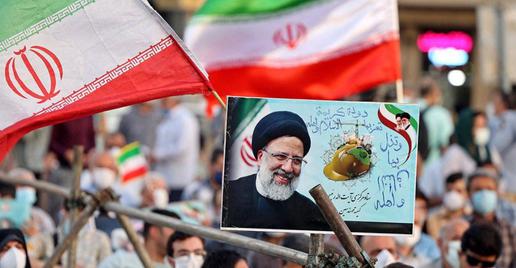



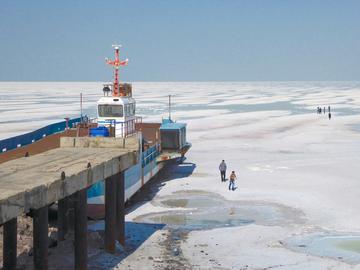
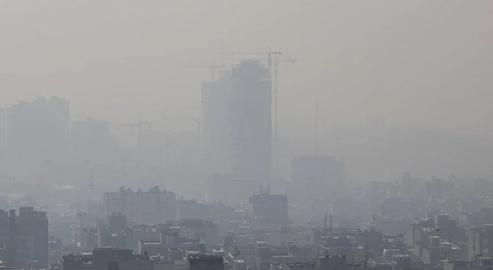
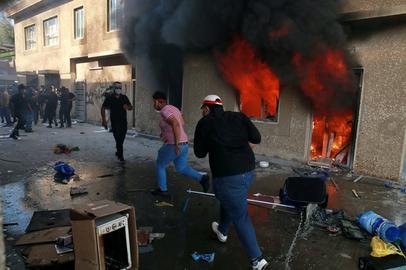

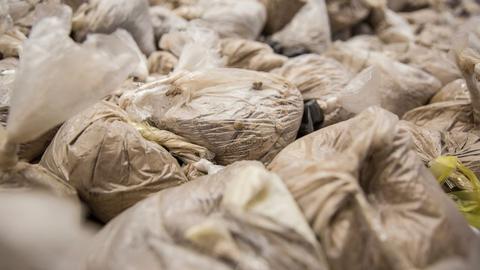
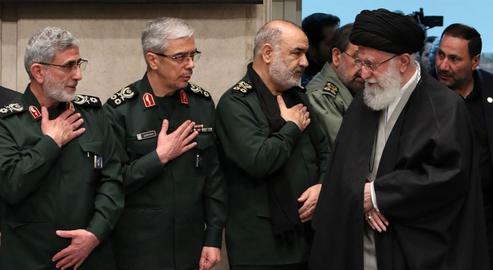
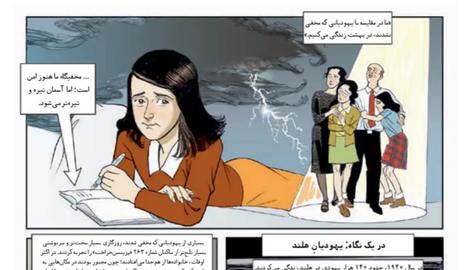
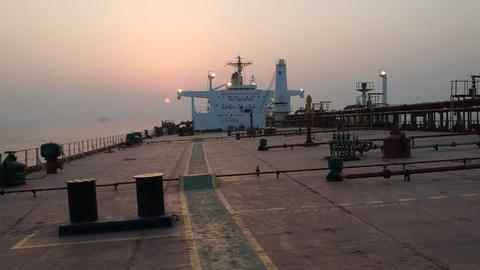

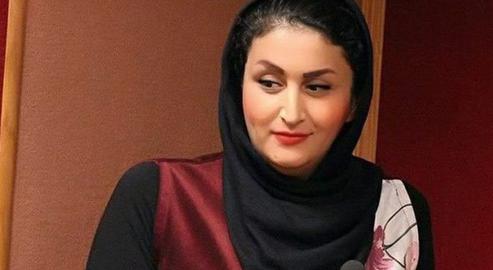
comments